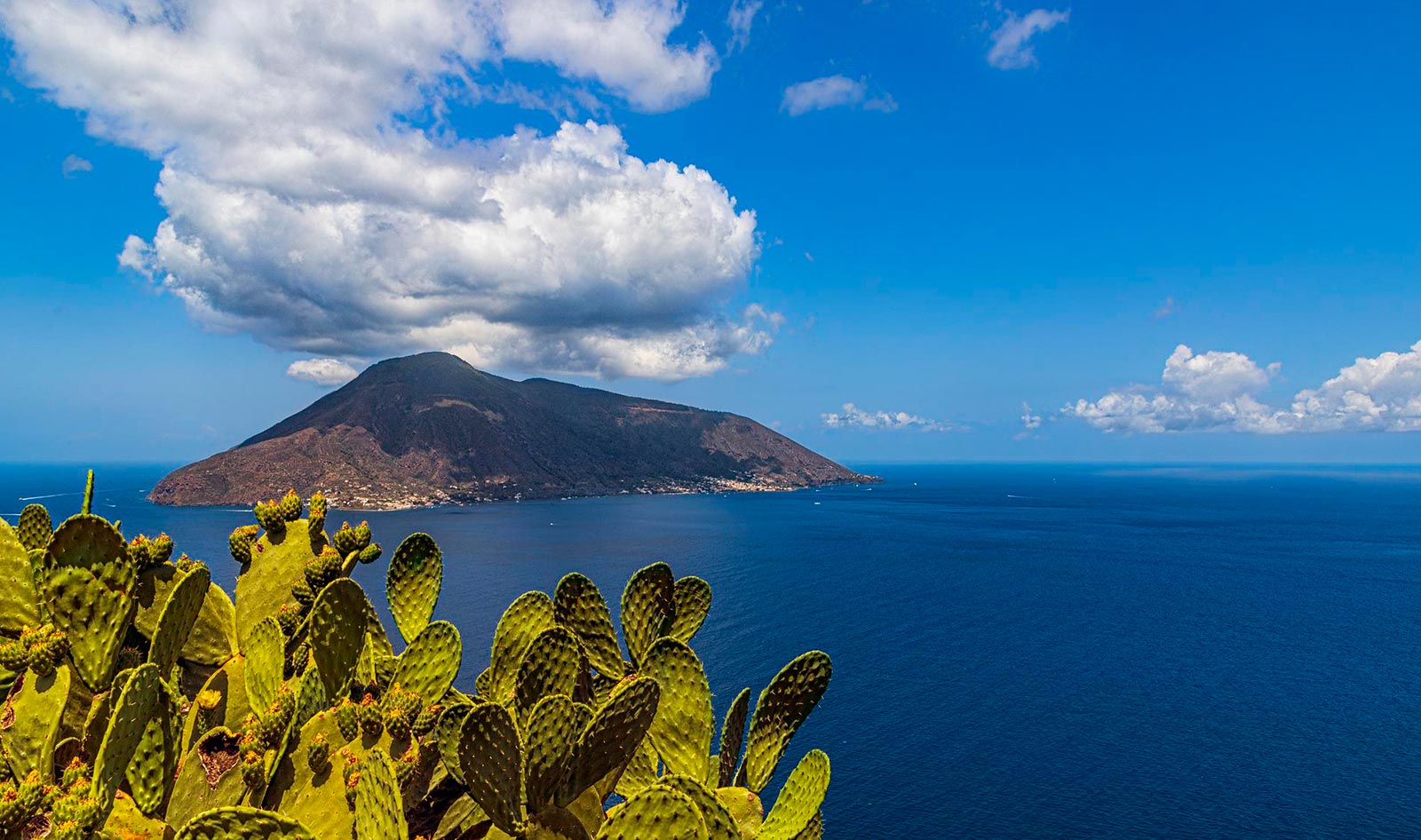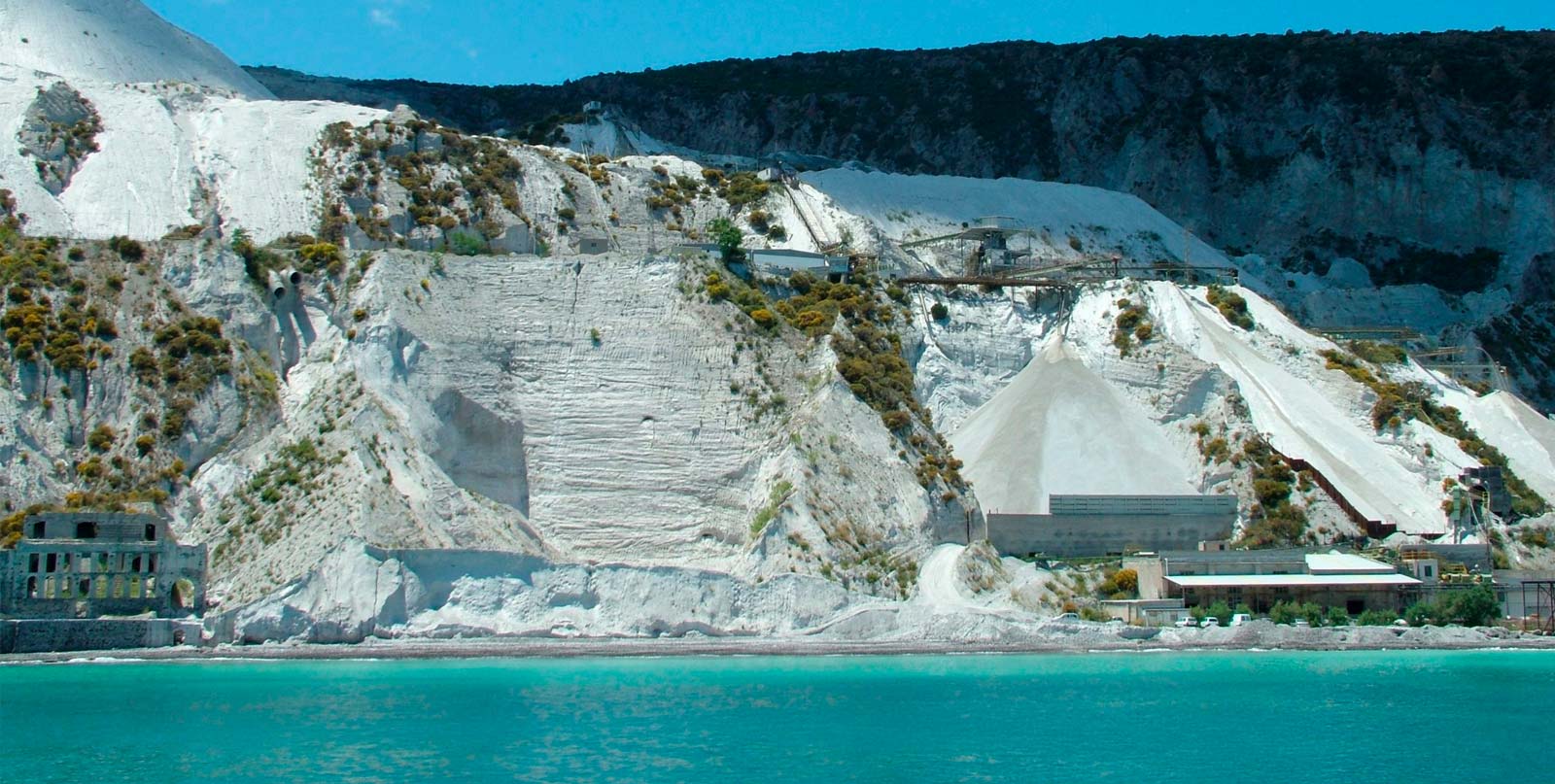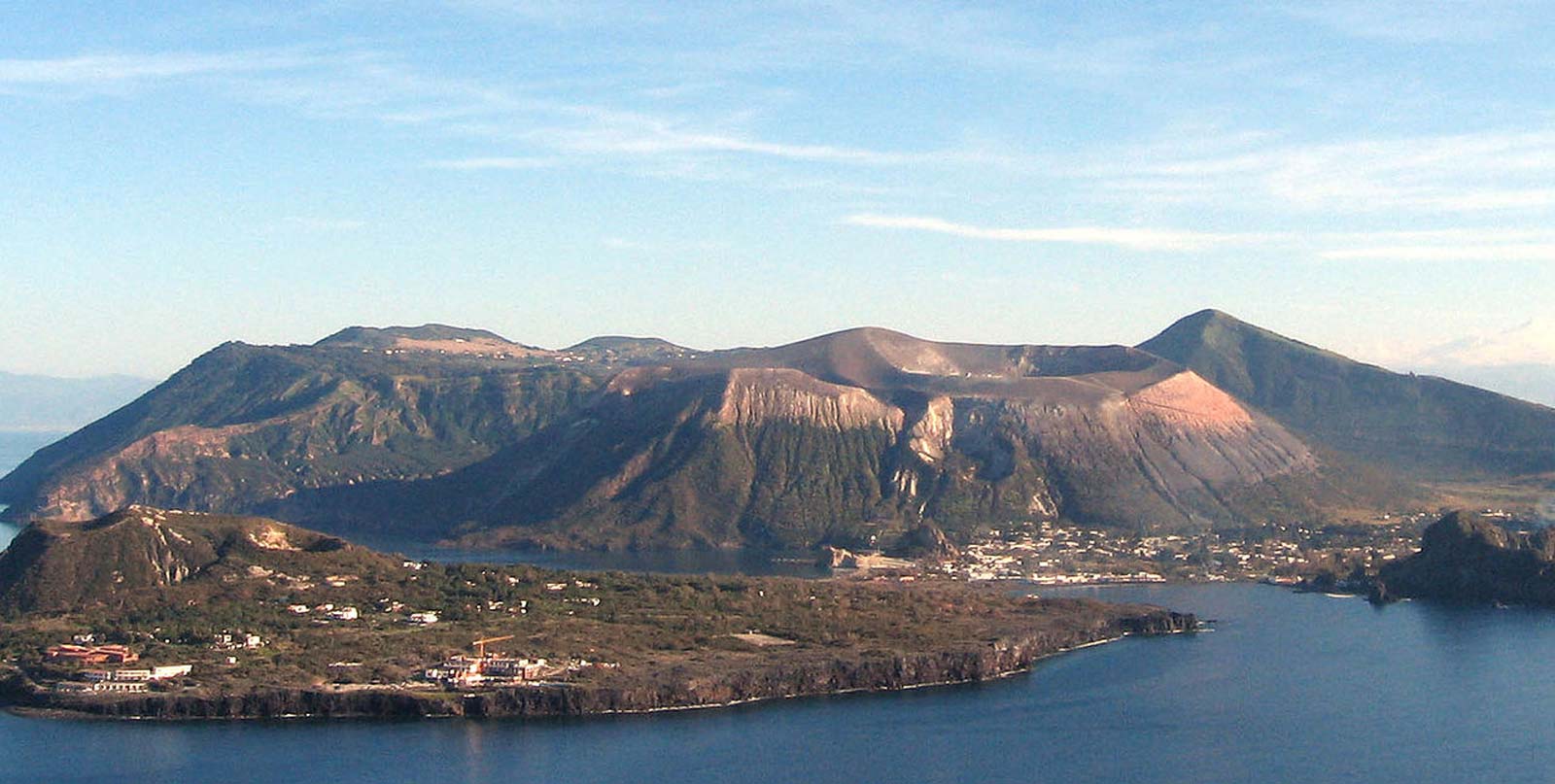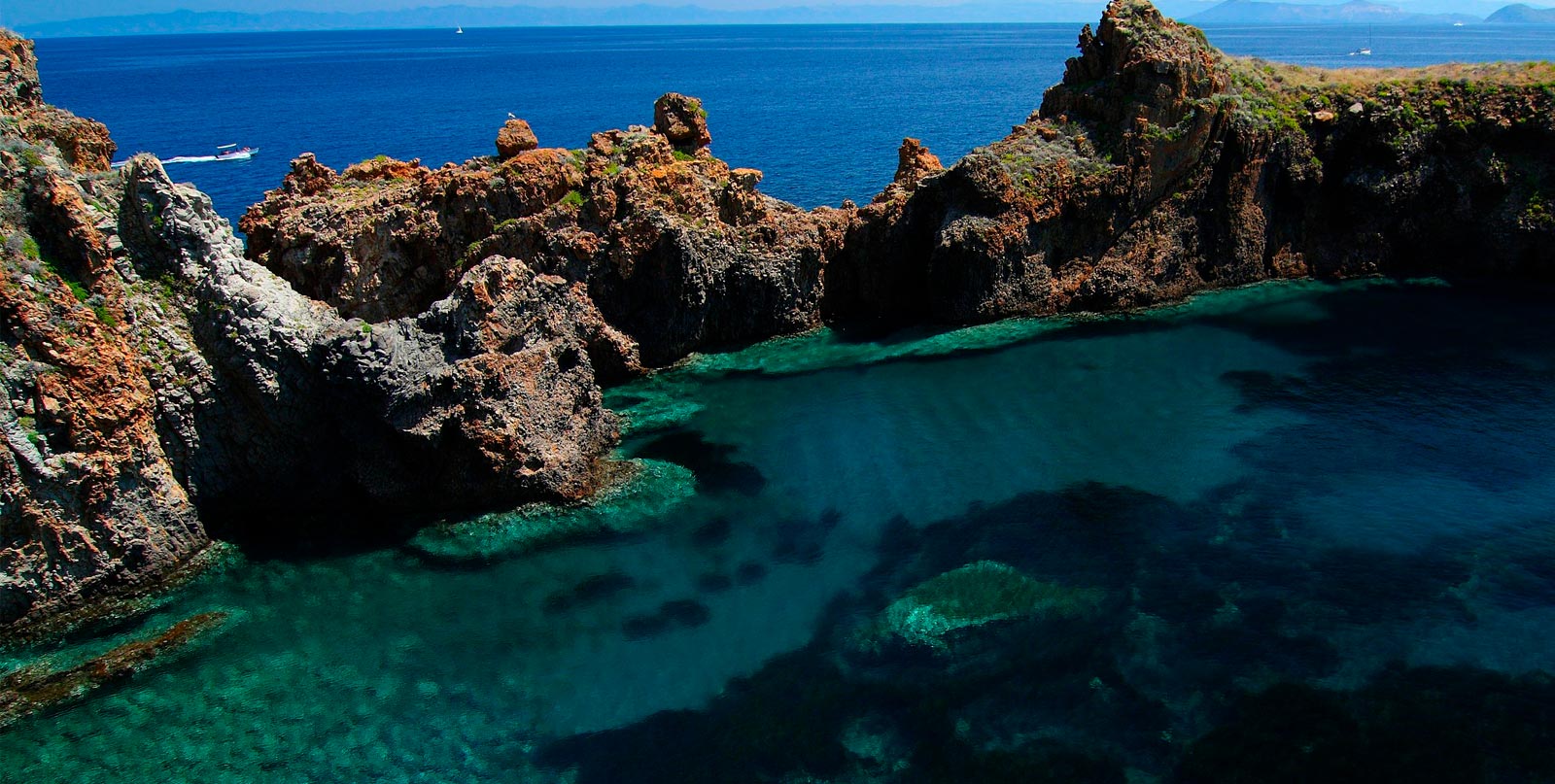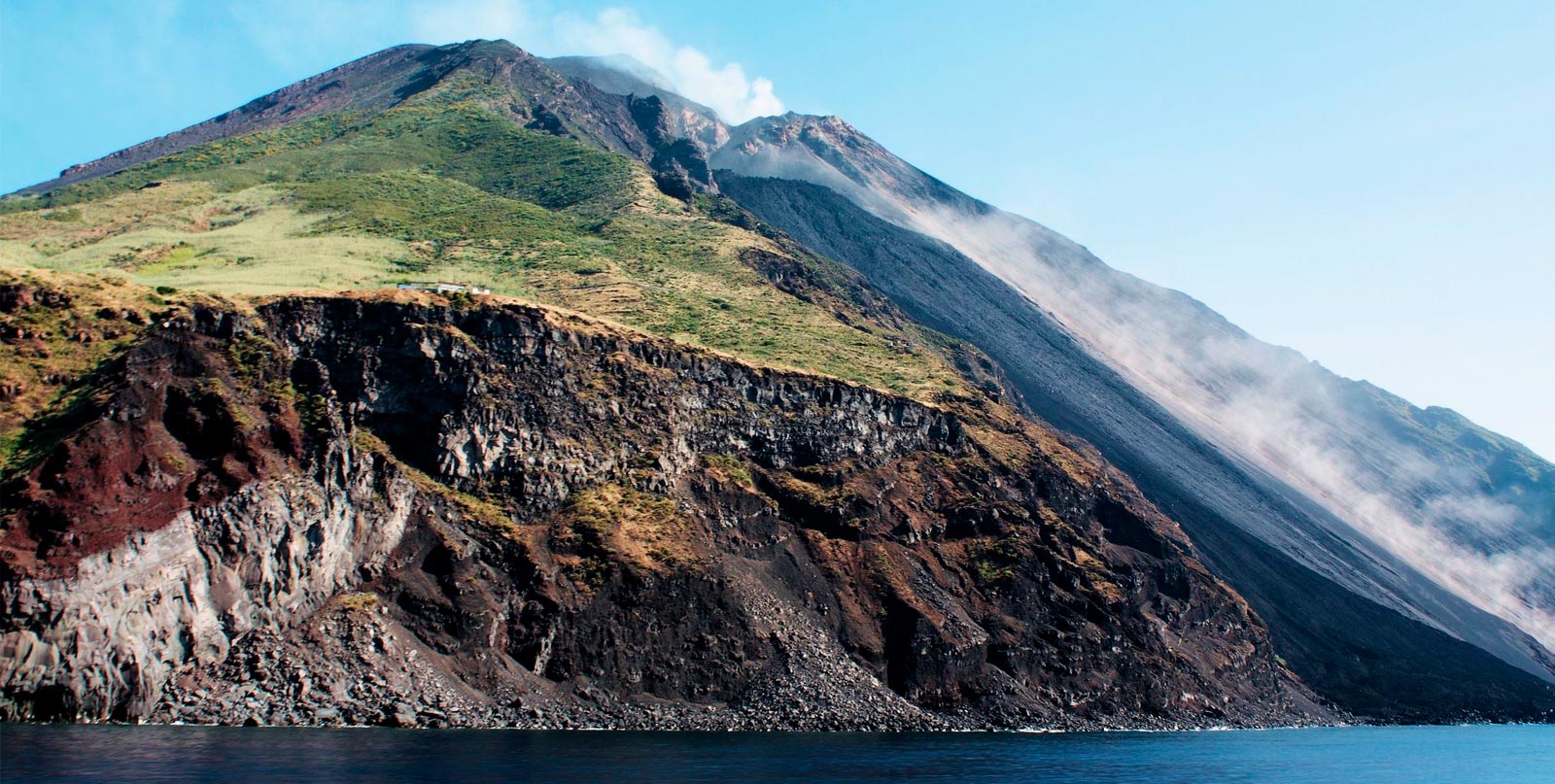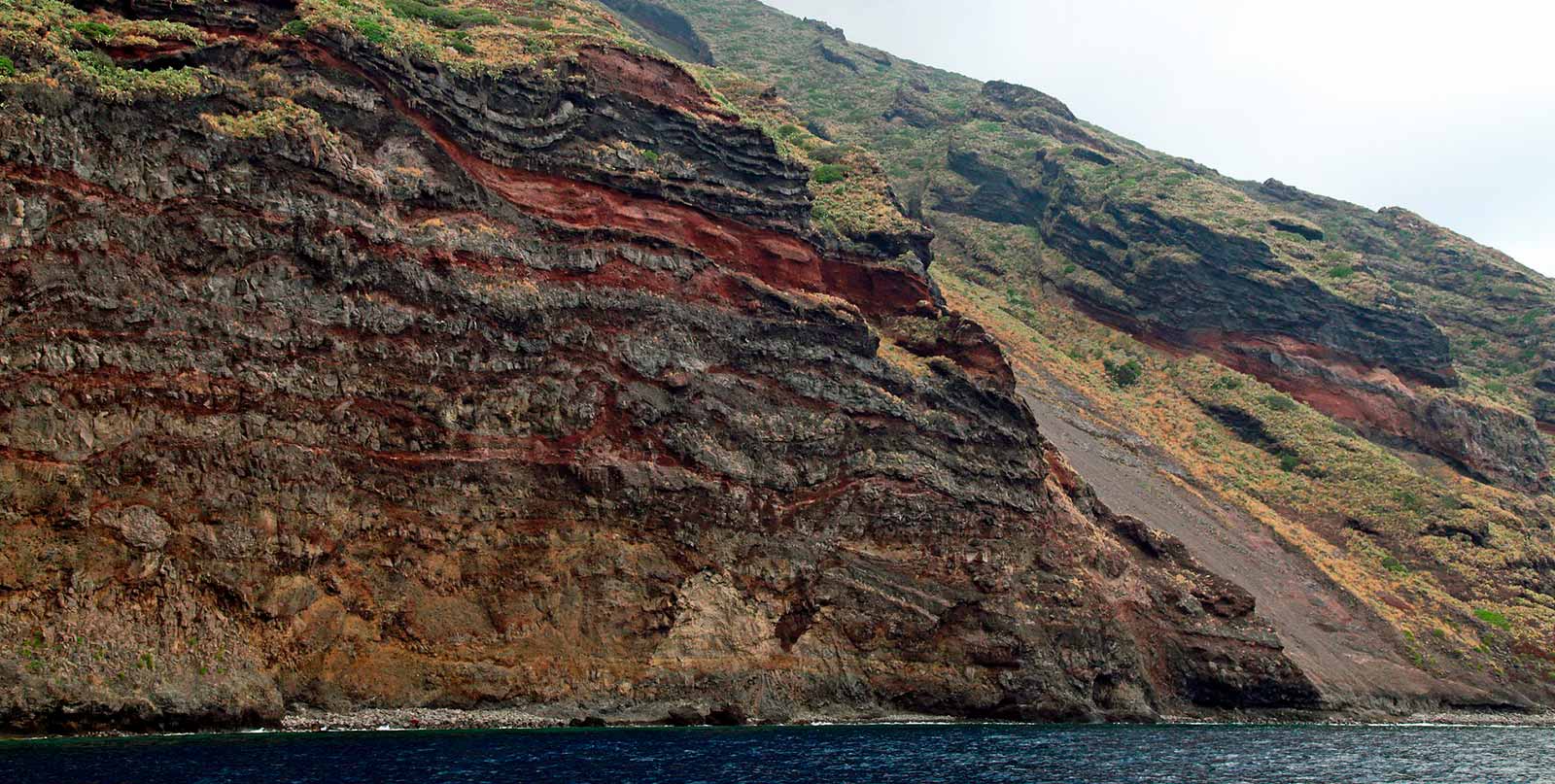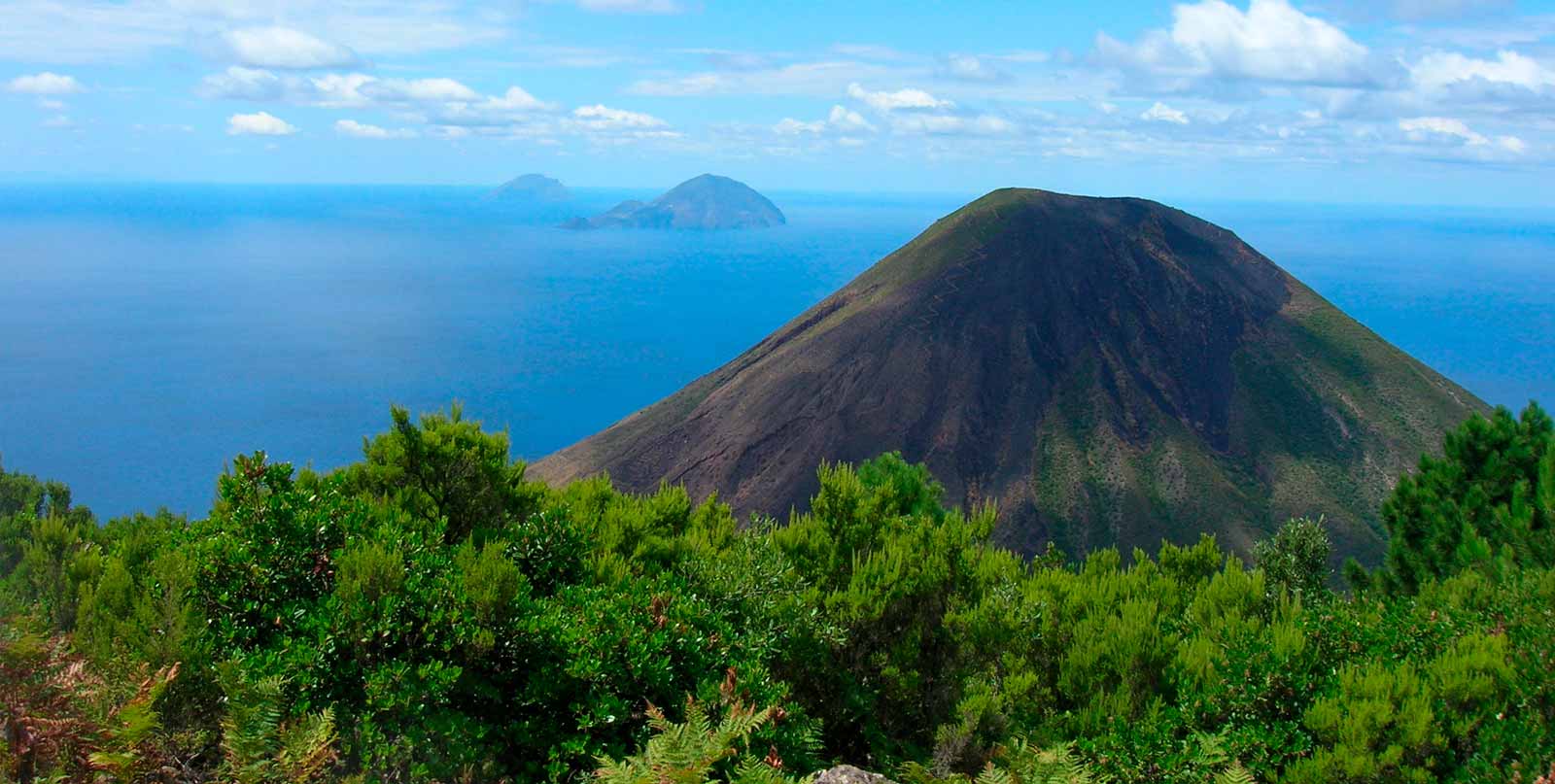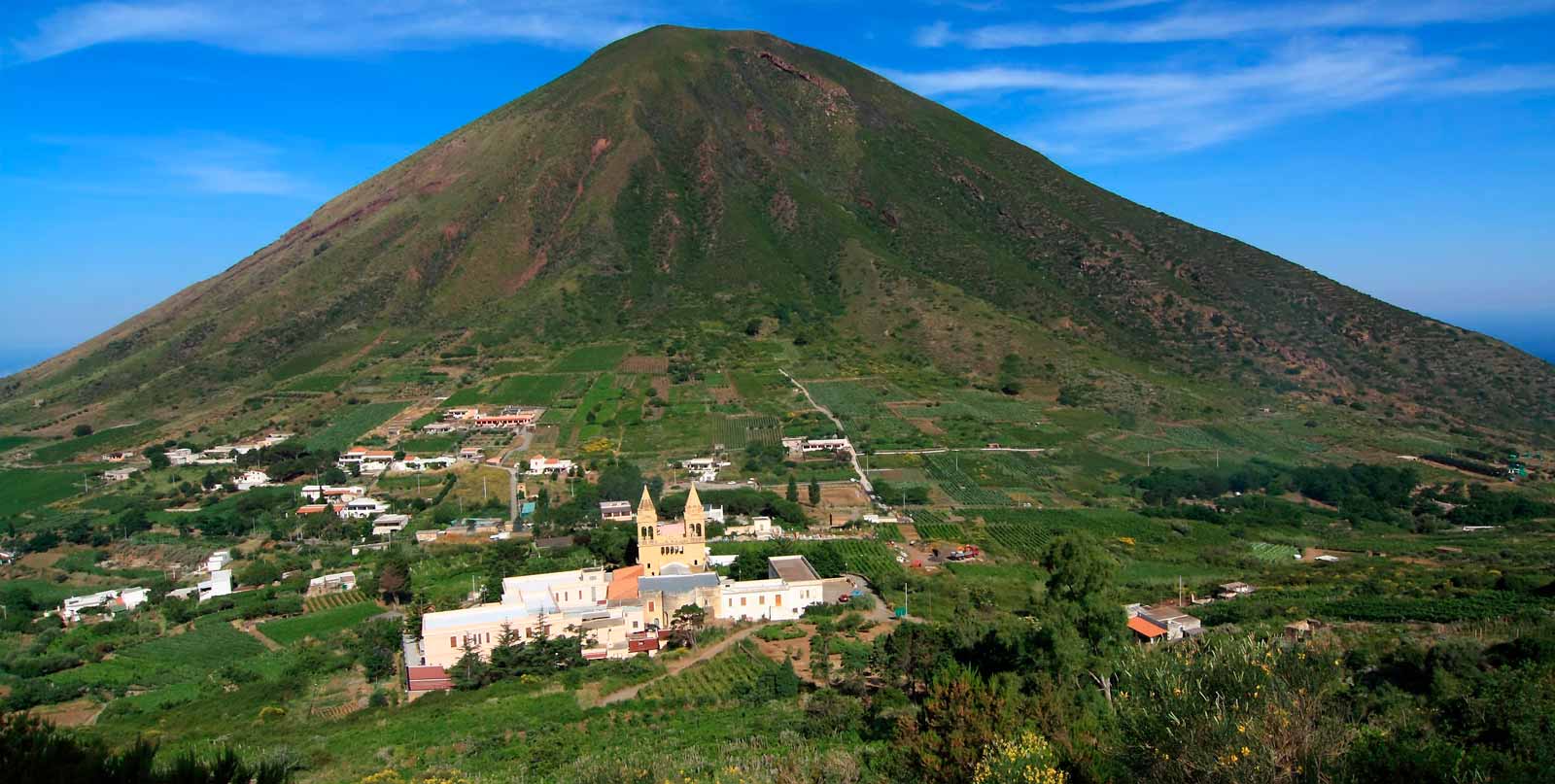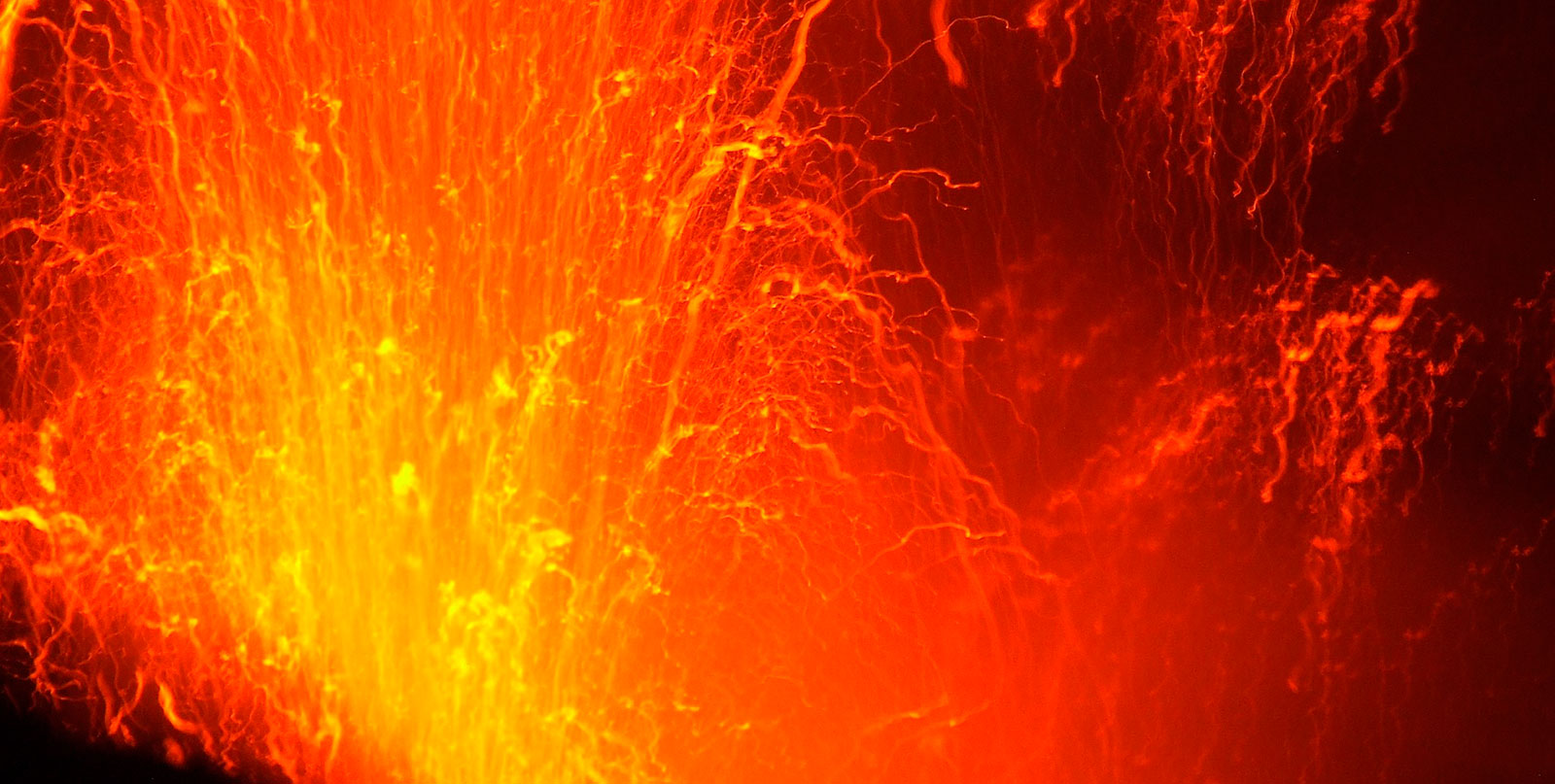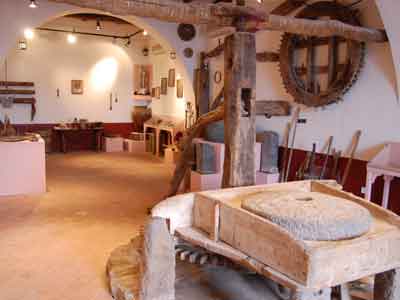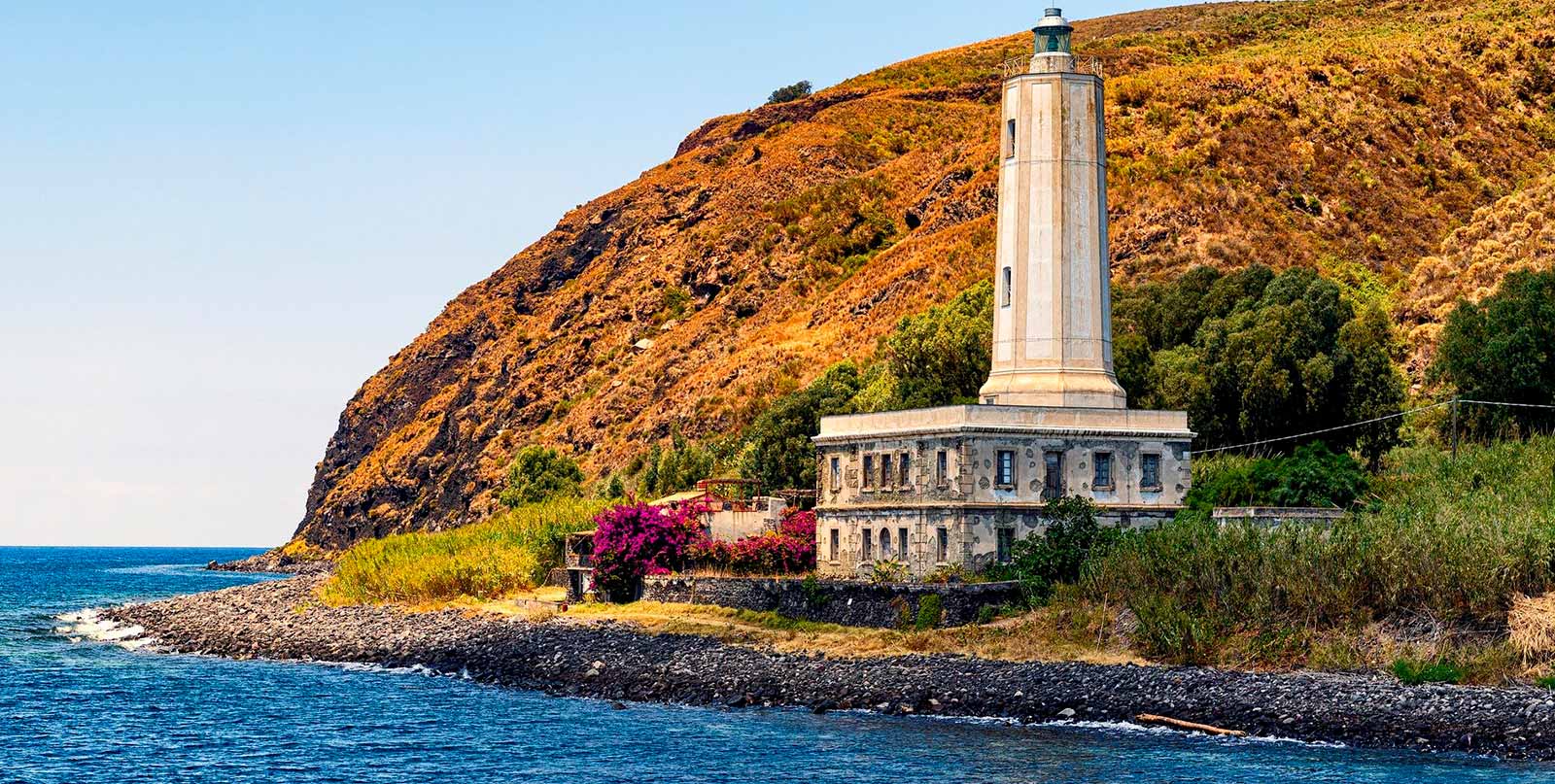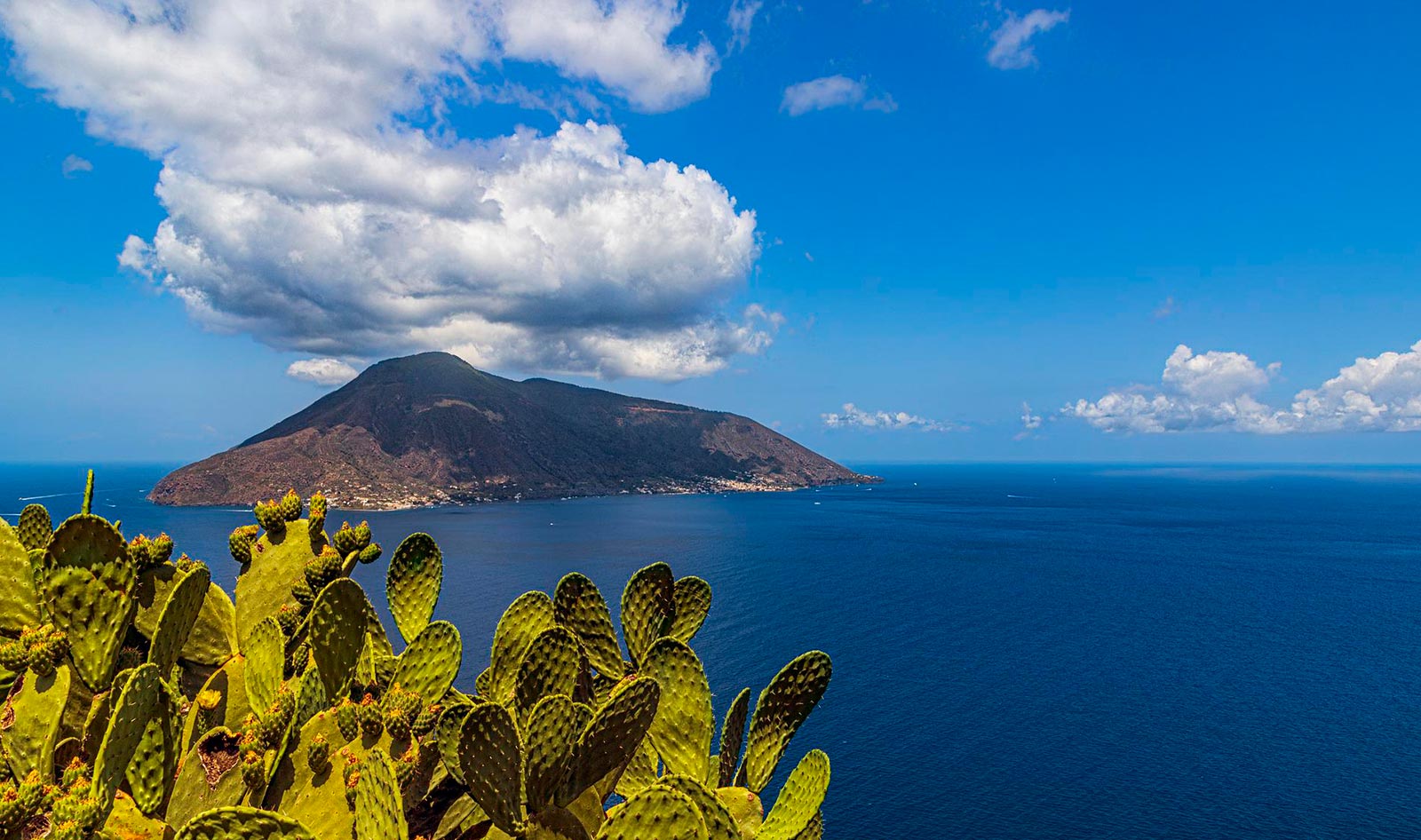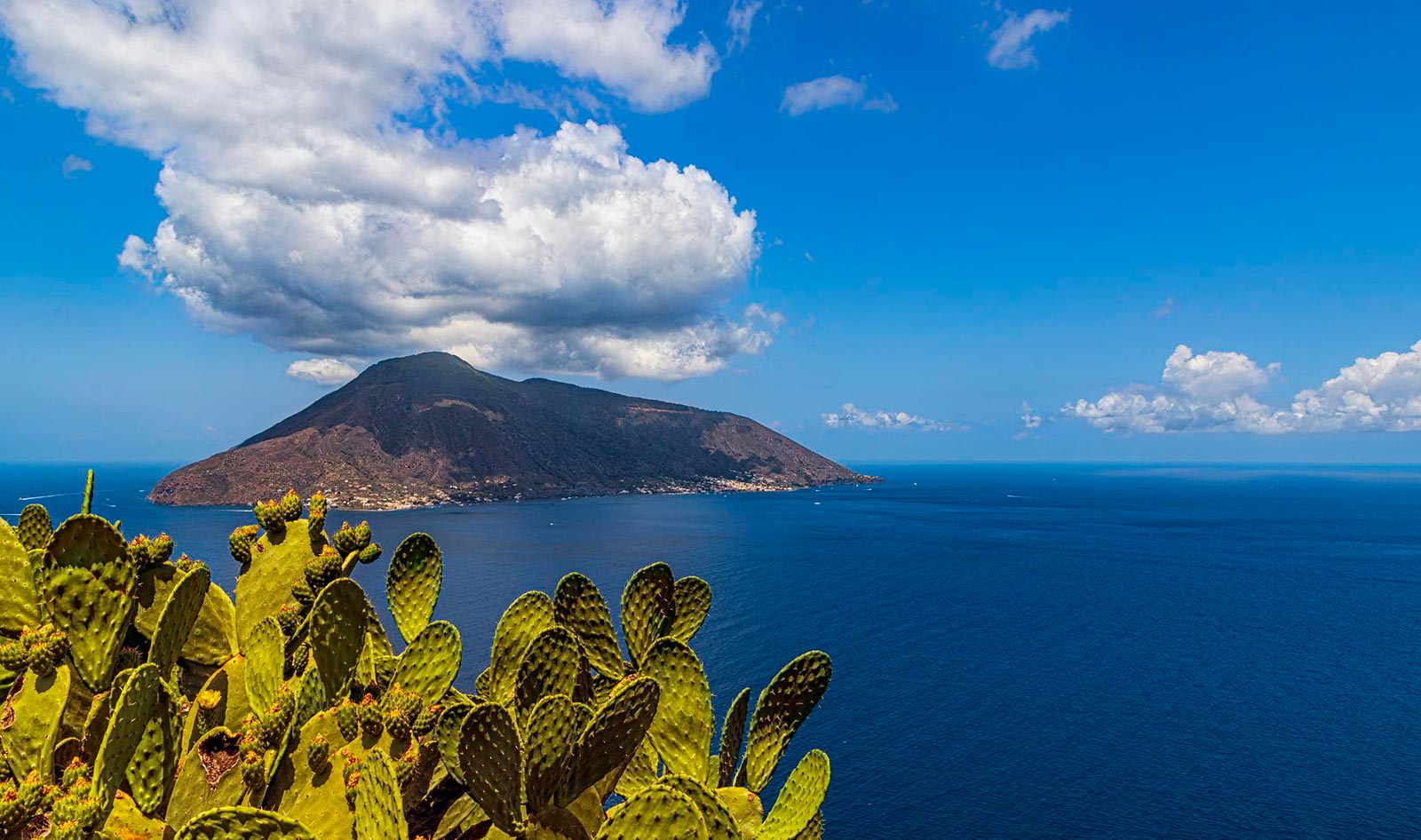Aeolian Islands
Architecture
Aeolian house is a modular cube that can be added horizontally or vertically to other cubes giving rise to a compact building, perforated from small openings. The roof allows rainwater harvesting. The house is surrounded by terraces (Bagghi) and cylindrical pillars, called “Pulèra”. On the “Pulèra” are positioned wooden beams covered with canes or pergola vine (Loggia) provide shade during the day and protect from moisture at night. Along the terrace (Bagghiu) there is a raised stone step, used as a seat (Bisola), a cistern, a wood-burning oven and a stone wash-tub (Pila).
Often around the house there are some cottages, used in different ways by the family: the cellar, small windmill to grind barley and wheat, the millstone (oil mill), the “Pinnate” (only three sides closed stables) and the “Mannere” (straw and stone stables).
Aeolian Islands: UNESCO World Heritage
The year 2000 was a very important year for the Aeolian Islands. Unesco, the United Nations Educational, Scientific and Cultural Organization, added them to the “World Heritage List”, a list including 878 sites that the World Heritage Committee considers having extraordinary universal value.
They’ve chosen the Aeolian Island based on the morphology of the volcanic islands that represents a historical model in the evolution of world volcanological studies.
The volcanic explosions of Stromboli and Vulcano islands gave the name to two eruption activities
:
STROMBOLIAN ACTIVITY, characterized by the emissions at regular intervals of lava flows and lava rocks that reach a hundred meters high and by lapillus and throws volcanic bombs;
VULCANIAN ACTIVITY, explosive eruptions in which lava bombs and ash clouds are emitted.
